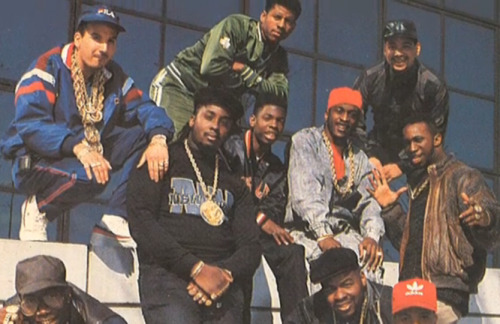

The White Boys then moved from South Carolina to Rosedale, Queens, where they recorded for Tin Pan Apple Records and appeared on the Fresh Fest Tour. T-Ray didn’t win that competition, but he was approached by a PolyGram representative (Tin Pan Apple’s parent company) with the offer of a record contract. The finals were judged by reps from both Def Jam and PolyGram. It was there that Converse Sneakers provided them with an additional sponsorship.They seemed to be on their way to the bigtime.Ī Charlotte, North Carolina club sponsored a talent contest which T-Ray won several weeks in a row, qualifying him for the finals. Their group didn’t have a name and they were often referred to and listed on local flyers as “those white boys.” Winning a regional talent contest, the group was sponsored by Swatch Watch, who flew them to Breckenridge, Colorado for a snowboarding event. One of the members, T-Ray, went on to be an acclaimed music producer, working with The Beastie Boys, Nas, Mick Jagger, and Santana (on the Grammy-winning “Supernatural”), who won two Grammys for his work with the Latin group Ozomatli.Īfter hearing a friend’s copy of Soul Sonic Force’s ‘Planet Rock’ in the early ‘80s, T-Ray (Todd Ray) purchased a pair of turntables and began DJing locally, performing with his friends.

They came out of a small Southern town, Lancaster, South Carolina in the mid 80s. The White Boys weren’t groundbreaking, but their origins are interesting. It would take Kid Rock another decade to make that a thing. Or perhaps the public wasn’t ready for white rappers who looked like heshers. The Beastie Boys were more talented, more stylish, with more overconfident reckless bravado and better production… and perhaps the public just wasn’t ready for TWO white rap groups.

The White Boys may have been primed by the label to help rap crossover to a new demographic, but the public wasn’t buying. While the Beasties and their label-mates LL Cool J, Public Enemy, and EPMD on Def Jam rose to world-wide acclaim, rival label Tin Pan Apple with signees The Fat Boys, the Latin Rascals, and The White Boys folded after only five years when the Fat Boys were dropped from PolyGram’s US artist roster. Most people forget the almost-was of caucasoid rap, The White Boys, who existed at the same time as the Beastie Boys’ rise to fame with their world-wide smash album Licensed to Ill. 3rd Base came along in 1989, really ushering in the heyday decade of white boy rappers in the 1990s with acts like Vanilla Ice, House of Pain, Insane Clown Posse, Snow, Kid Rock, etc. Excluding Blondie’s 1981 foray into the genre with “ Rapture,” when it comes to listing “white rappers of the ‘80s,” most people would start and end their list with the Beastie Boys.


 0 kommentar(er)
0 kommentar(er)
